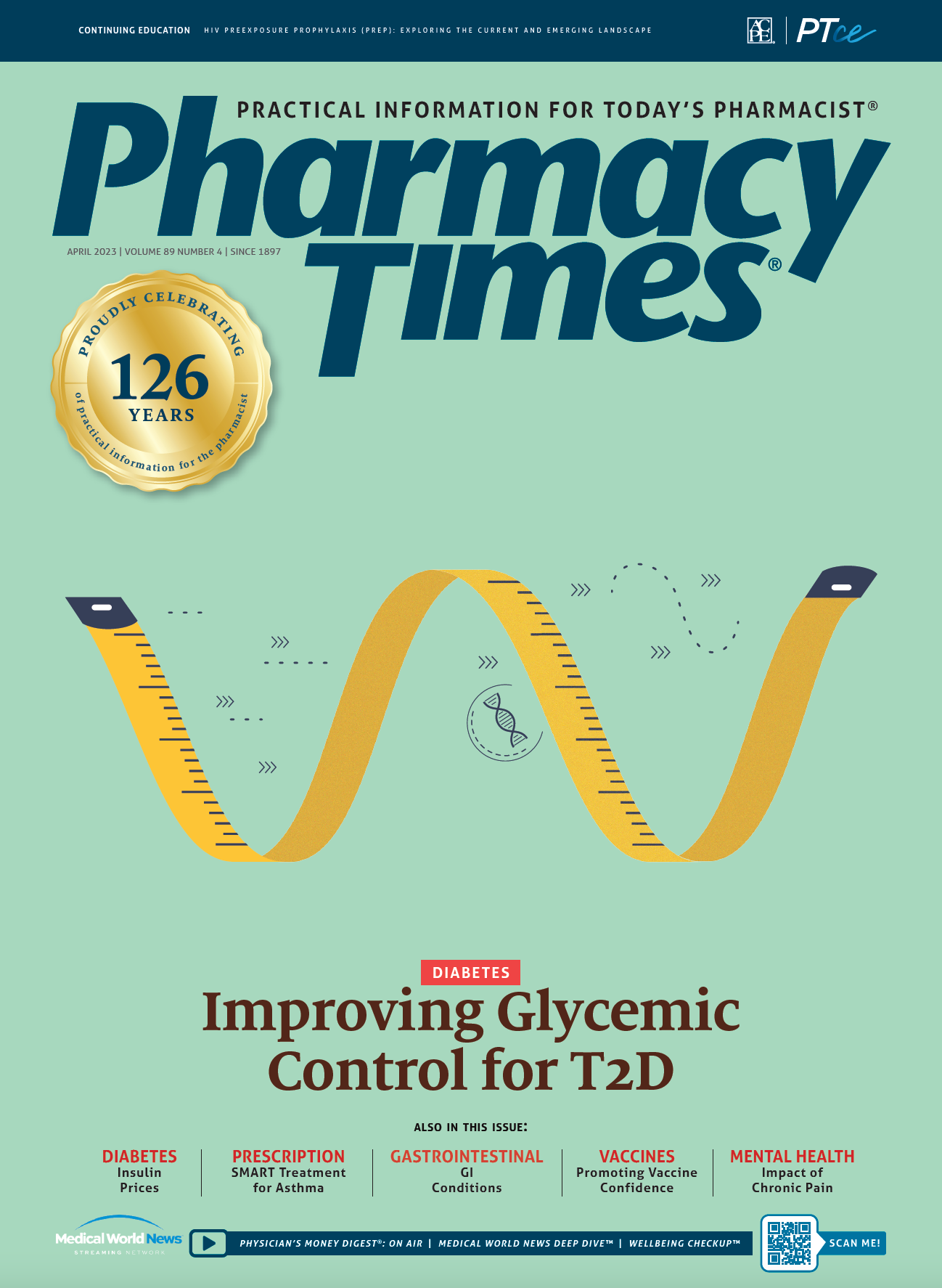Publication
Article
Pharmacy Times
Help Specialty Pharmacy Patients Access Out-of-Stock Drugs
Author(s):
Establish procedures, including training employees, to address shortages, back-order situations.
A patient was prescribed Xatmep (methotrexate) oral solution to treat leukemia. The patient was receiving the medication via delivery from a specialty pharmacy. When a refill was requested, the pharmacy technician working in the specialty pharmacy’s call center processed the request and set up a delivery. After a pharmacist verified the entered order, it was routed to a staff member in the fulfillment area, where the medications are stored, to fill the order.
Woman looking at empty shelves | Image credit: rawpixel.com - stock.adobe.com

However, this time the pharmacy did not have the drug in stock; it was on back order. The fulfillment staff member sent the prescription back to the call center technician and notified the individual that the drug was not in stock and was on back order, so the pharmacy would not be able to fill it. The technician called the patient’s mother to say that because of supply issues, the pharmacy could not provide the refill and was not sure when that would occur. The technician did not give any resolution options to the mother, nor was a pharmacist notified.
The patient’s mother called the prescriber to ask for options. The prescriber called another pharmacy and found that it had enough supply for 2 doses. The prescriber called the original pharmacy to express concern that no one had contacted her regarding the back order and that the pharmacy did not help coordinate a plan of action for the patient to obtain the medication. It was noted that the pharmacy did have a protocol in place to alert the patient and prescriber within a specified time frame if it was unable to fill a prescription. It is unclear why the process failed in this case.
To prepare for back-order and drug shortage situations, established procedures should include alerting pharmacists about how to handle drug and supply shortages and educating staff members about the procedures. Consider creating a checklist to help staff members navigate and communicate issues when medications are unavailable. Periodically check in with or observe staff members to see how the procedures are working. Develop electronic communication tools to alert practitioners to critical changes in a prescription’s status, as well as the reason for the change. Pharmacists should communicate with patients and prescribers to find the best way to access the medication. This may include obtaining the medication from a different pharmacy, recommending alternative therapies when clinically appropriate, or using a different dosage form or strength.
Methotrexate Multidose Vial Dispensed Accidentally
At a specialty pharmacy, a technician was processing a refill for a patient’s methotrexate vial for injection, which can be used for nononcologic indications such as polyarticular juvenile idiopathic arthritis, psoriasis, or rheumatoid arthritis. The technician noticed that the pharmacy had dispensed methotrexate 50-mg/2-mL multidose vials (with preservative) for the patient for the past 2 months. However, the original prescription was written for the 50-mg/2-mL single-dose vial (preservative free).
The pharmacy contacted the provider to inform him that the incorrect formulation had been sent previously. The provider confirmed that he wanted the patient to use the single-dose vial. The pharmacy corrected the entered prescription so that the singledose vial would be dispensed with future refills. The pharmacist informed the patient of the error and confirmed that the patient had used the multidose vial more than once.
The pharmacist advised the patient to only use the single-dose vial once and to safely discard the remainder after each dose. The patient verbalized understanding.
When investigating the error, pharmacy staff members noted that the dispensing software did not clearly indicate whether the methotrexate product is a multidose or single-dose vial on the data entry or preverification screens. Pharmacy staff members must click on the product name to see more information and to determine whether the National Drug Code is for the multidose or single-dose product.
To help prevent this error, the pharmacy added a drug-specific “product message” in the dispensing software. This note displays in red text and shows up on the preverification screen near the directions. The note informs the pharmacist whether the product selected is a multidose or single-dose vial. Pharmacies should assess their dispensing systems to determine how the methotrexate multidose and single-dose vials are displayed during order entry and verification. Work with the pharmacy information technology team and/or system vendor to update the product name to clearly state the dosage form. Consider adding a note to specify the product differences. Ensure the original prescription is visible, including for subsequent refills, to the verification pharmacist to allow him or her to check that the correct product has been entered.
About the Author
Michael J. Gaunt, PharmD, is senior director for error reporting programs and editor at the Institute for Safe Medication Practices (ISMP) in Horsham, Pennsylvania. He also serves as the editor of the monthly ISMP Medication Safety Alert! Community/Ambulatory Care newsletter.

Newsletter
Stay informed on drug updates, treatment guidelines, and pharmacy practice trends—subscribe to Pharmacy Times for weekly clinical insights.





